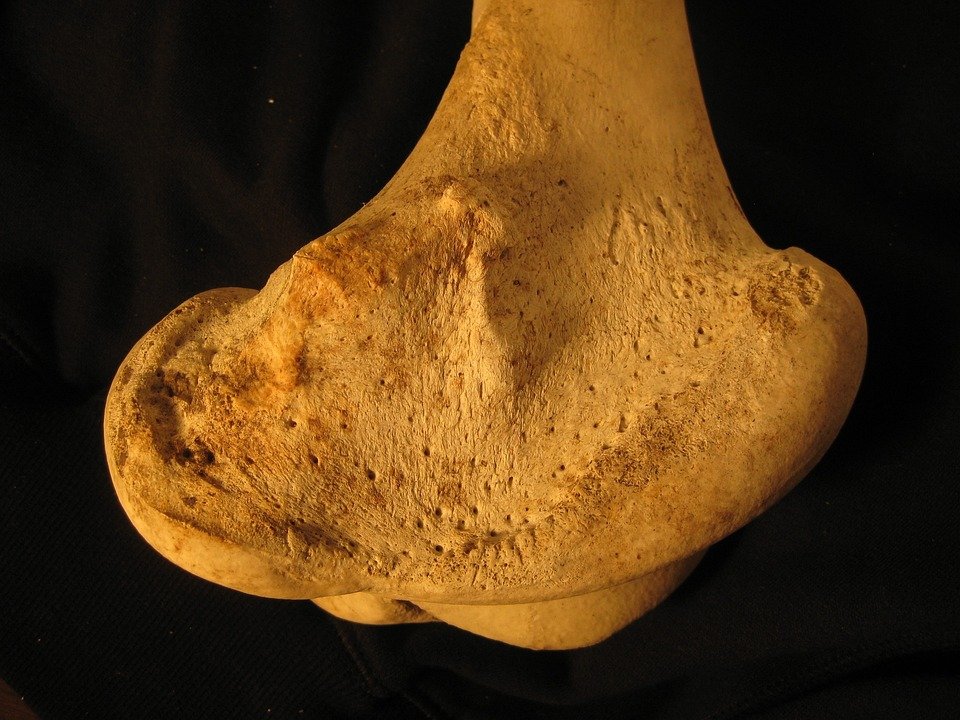 The pituitary gland, often referred to as the “master gland,” is a small, pea-sized gland located at the base of the brain. Despite its small size, the pituitary gland plays a crucial role in regulating numerous bodily functions, including growth, metabolism, reproduction, and stress response. This gland secretes hormones that control the activity of other endocrine glands in the body, making it a vital component of the endocrine system.
The pituitary gland, often referred to as the “master gland,” is a small, pea-sized gland located at the base of the brain. Despite its small size, the pituitary gland plays a crucial role in regulating numerous bodily functions, including growth, metabolism, reproduction, and stress response. This gland secretes hormones that control the activity of other endocrine glands in the body, making it a vital component of the endocrine system.The pituitary gland is divided into two main parts: the anterior pituitary and the posterior pituitary. The anterior pituitary produces and releases hormones that regulate growth, metabolism, reproduction, and stress response. Some of the hormones produced by the anterior pituitary include growth hormone, thyroid-stimulating hormone, adrenocorticotropic hormone, and follicle-stimulating hormone.
The posterior pituitary, on the other hand, stores and releases hormones produced by the hypothalamus, a region of the brain that controls the pituitary gland. The two main hormones released by the posterior pituitary are oxytocin, which regulates childbirth and breastfeeding, and vasopressin, which regulates water balance in the body.
The pituitary gland is controlled by a complex feedback system involving the hypothalamus and other endocrine glands in the body. The hypothalamus produces releasing and inhibiting hormones that stimulate or suppress the production of hormones by the pituitary gland. In turn, the hormones produced by the pituitary gland regulate the activity of other endocrine glands, such as the thyroid gland, adrenal glands, and gonads.
Disorders of the pituitary gland can have a significant impact on overall health and well-being. One of the most common disorders of the pituitary gland is pituitary adenoma, a noncancerous tumor that can cause overproduction or underproduction of hormones. Symptoms of pituitary adenoma may include headaches, vision problems, fatigue, weight gain or loss, and irregular menstrual periods.
Other disorders of the pituitary gland include hypopituitarism, a condition in which the pituitary gland does not produce enough hormones, and hyperpituitarism, a condition in which the pituitary gland produces too many hormones. These disorders can result in a wide range of symptoms, including growth retardation, infertility, thyroid dysfunction, and adrenal insufficiency.
Diagnosing and treating disorders of the pituitary gland requires a comprehensive approach that may involve hormone testing, imaging studies, and hormone replacement therapy. In some cases, surgery may be necessary to remove a tumor or correct a structural abnormality of the pituitary gland.
Despite its small size, the pituitary gland plays a crucial role in maintaining overall health and well-being. By understanding the function of the pituitary gland and recognizing the signs and symptoms of pituitary disorders, individuals can take steps to protect and preserve their endocrine health. With advances in medical technology and treatment options, unlocking the mysteries of the pituitary gland is becoming increasingly possible, offering hope for individuals with pituitary disorders to live healthier, more fulfilling lives.

You might be interested in learning more about the endocrine system and how it functions within the body. Speaking of endocrine glands, you might be interested in checking out the Wikipedia article on the pituitary gland, which serves as the master gland that regulates various bodily functions. You can find more information by visiting Pituitary Gland Wikipedia. Additionally, if you want to delve deeper into the role of the hypothalamus in hormone regulation, you can explore the Wikipedia article on the hypothalamus at Hypothalamus Wikipedia. These resources can provide further insight into the complexities of the endocrine system and the interconnected relationship between different glands in the body.



